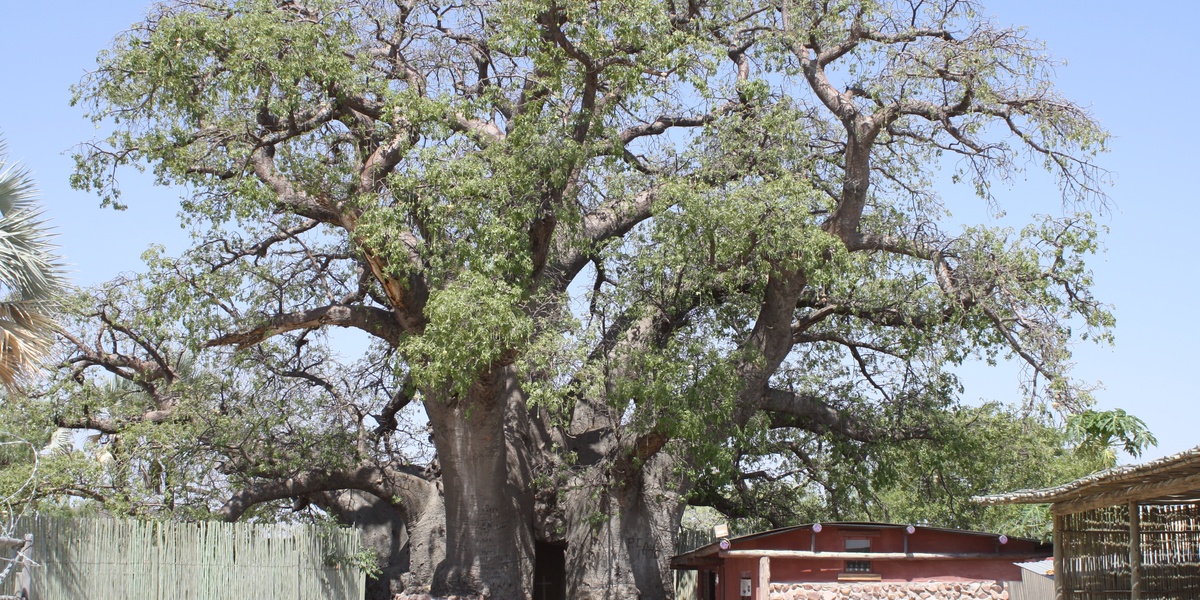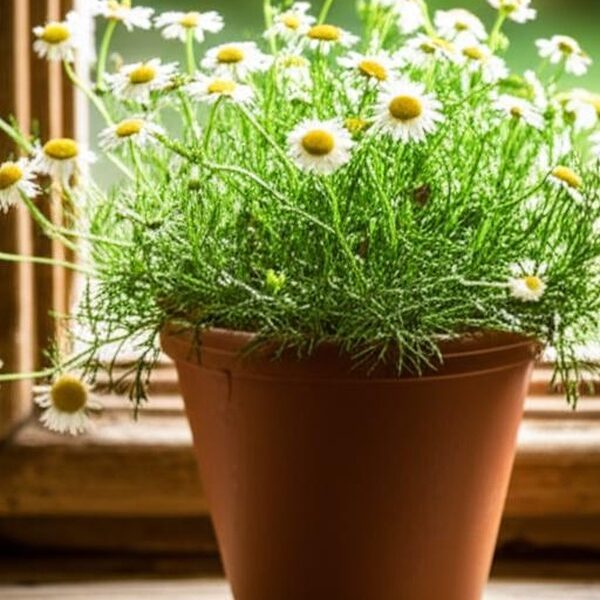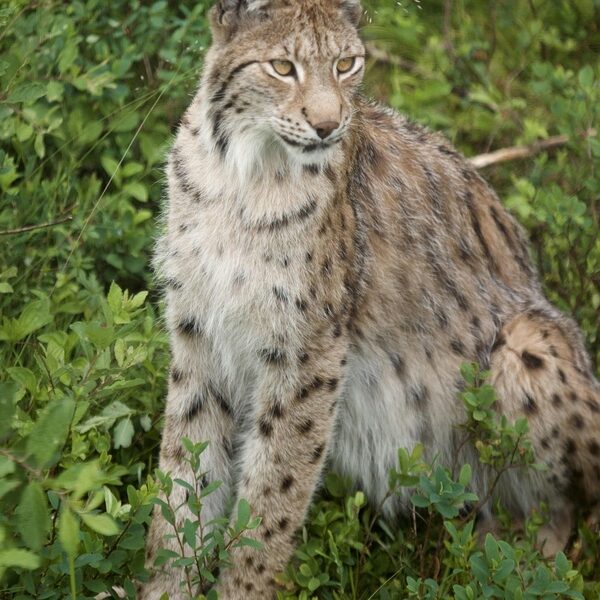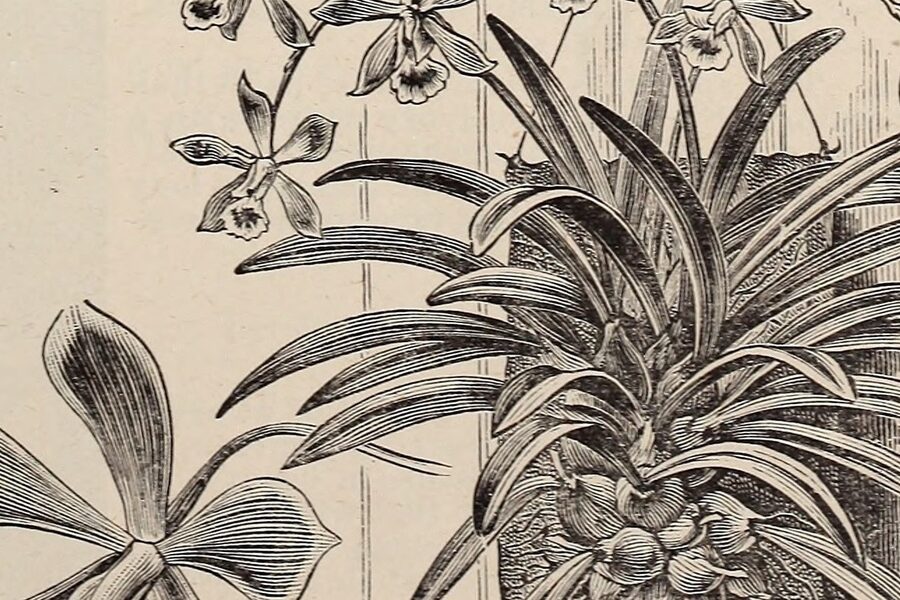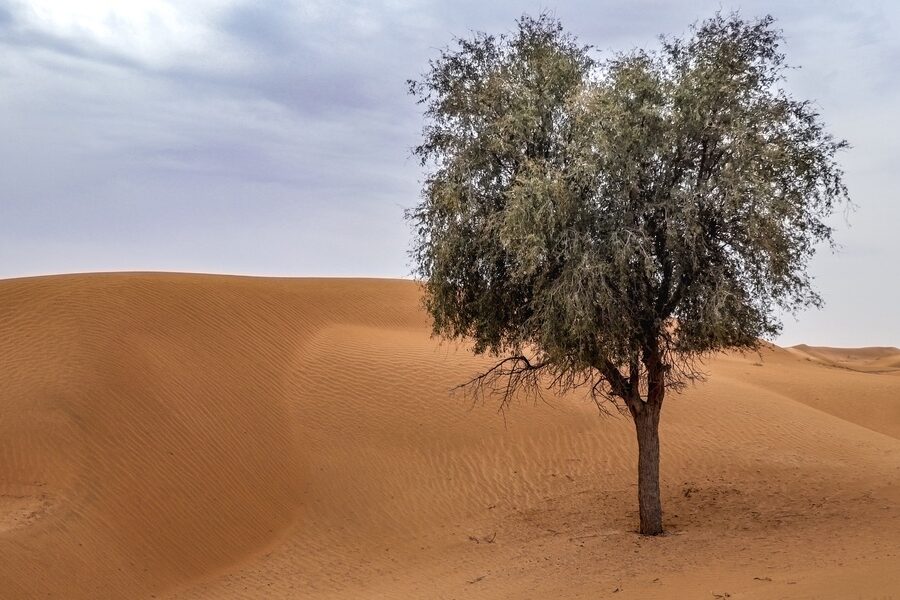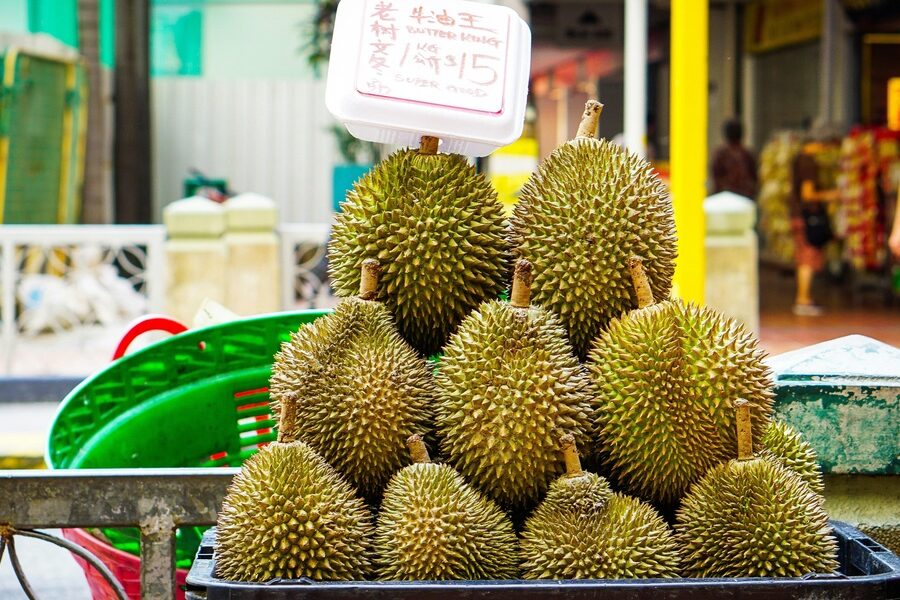Niger’s landscapes—from the southern Sahel strips to seasonal river corridors—support a surprising variety of trees that shape local ecosystems and local livelihoods. Small woodlands and scattered savanna trees are important markers of rainfall gradients and human use across the country.
There are 21 Trees of Niger, ranging from African birch to Umbrella thorn acacia. For each species I provide Scientific name,Main habitats in Niger,Max height (m) so you can quickly compare where they grow and how tall they get; you’ll find below.
How are these trees distributed across Niger’s regions?
Distribution follows climate and water: species listed for riparian zones appear along rivers and ponds, Sahel-adapted species occur in the central belt, and only a few tolerate the drier northern margins. Check the Main habitats in Niger column to see regional patterns at a glance.
Which species are most valuable to local communities?
Value depends on use—fuelwood, fodder, shade, fencing and occasional non-timber products—but acacias and other drought-tolerant trees often provide the most consistent benefits. Look at species entries and habitats to match practical uses with local availability.
Trees of Niger
| Common name | Scientific name | Main habitats in Niger | Max height (m) |
|---|---|---|---|
| Baobab | Adansonia digitata | southern wooded savanna/urban | 20 |
| Faidherbia | Faidherbia albida | southern wooded savanna/riparian/parkland | 20 |
| Desert date | Balanites aegyptiaca | Sahel/plateau/riparian | 10 |
| Gum arabic | Senegalia senegal | Sahel/plateau | 8 |
| Umbrella thorn acacia | Vachellia tortilis | Sahel/riparian/plateau | 10 |
| Néré (locust bean) | Parkia biglobosa | southern wooded savanna/riparian | 20 |
| Shea | Vitellaria paradoxa | southern wooded savanna | 15 |
| Mesquite (invasive) | Prosopis juliflora | Sahel/riparian/urban | 12 |
| Indian jujube | Ziziphus mauritiana | Sahel/oasis/urban | 8 |
| Tamarind | Tamarindus indica | riparian/oasis/urban | 15 |
| River red gum | Eucalyptus camaldulensis | riparian/irrigation/urban | 30 |
| African mahogany | Khaya senegalensis | riparian/southern wooded savanna | 30 |
| Bloodwood/Padauk | Pterocarpus erinaceus | southern wooded savanna/plateau | 15 |
| Bushwillow | Combretum glutinosum | Sahel/southern savanna/riparian | 10 |
| Sterculia | Sterculia setigera | Sahel/plateau/riparian | 12 |
| Marula | Sclerocarya birrea | southern wooded savanna | 12 |
| African ebony | Diospyros mespiliformis | riparian/southern savanna/urban | 15 |
| Neem | Azadirachta indica | urban/riparian/oasis | 15 |
| Babul (Egyptian thorn) | Vachellia nilotica | riparian/sahel | 15 |
| Red acacia | Senegalia seyal | Sahel/riparian | 10 |
| African birch | Anogeissus leiocarpa | southern wooded savanna/riparian | 20 |
Images and Descriptions
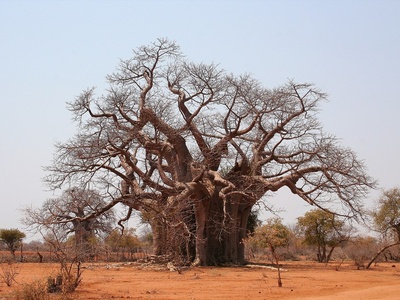
Baobab
Iconic baobab in villages and savanna, reaching about 20 m. Fruits are eaten, leaves and pulp used for food and medicine, hollow trunks store water and provide shade. Notable: many trees are centuries old and central to local culture.
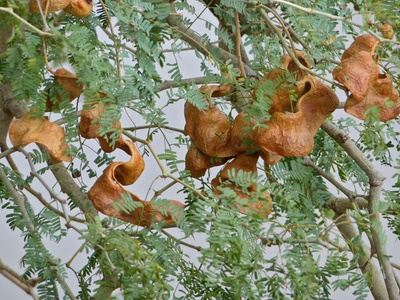
Faidherbia
Faidherbia is a reverse-leafing acacia used widely in agroforestry; it reaches about 20 m. Adds soil nitrogen, provides dry-season fodder and shade for crops. Notable: its winter foliage supports crops during the growing season.
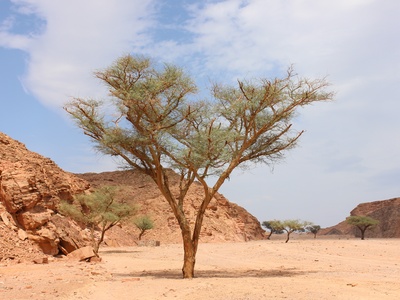
Desert date
Tough small tree of the Sahel to ~10 m; fruits and oil-rich kernels are eaten, wood and roots used for fuel and medicine, and it stabilises soils. Notable: highly drought-tolerant and common across arid landscapes.
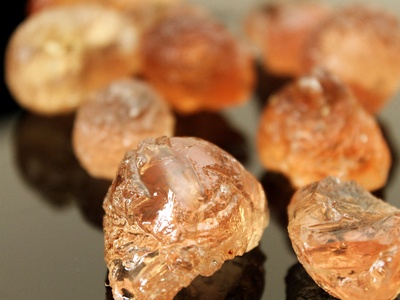
Gum arabic
Small thorny tree to ~8 m valued for gum arabic tapped for food and industry; pods are livestock fodder and wood is used for fuel. Notable: a key species for gum collectors and Sahelian livelihoods.
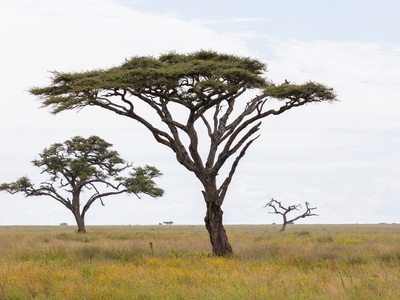
Umbrella thorn acacia
Distinct umbrella-shaped thorn tree up to ~10 m, provides shade, fodder from pods, and durable fuelwood; common in grazing lands and river margins. Notable: extremely tolerant of poor soils and drought.
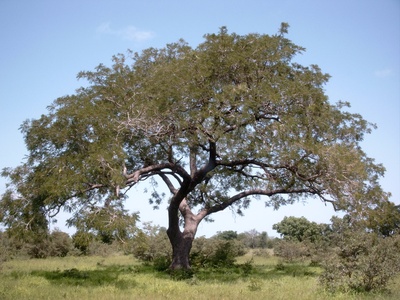
Néré (locust bean)
Broad-crowned tree to ~20 m whose seeds are fermented into a protein-rich condiment (néré), pods feed livestock and trees provide shade and medicine. Notable: central to agroforestry and local diets in southern Niger.
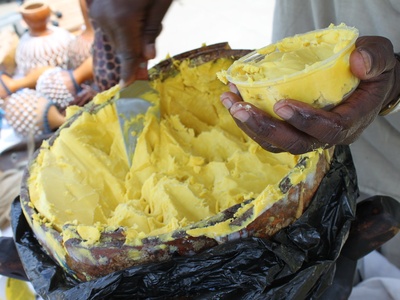
Shea
Shea trees reach ~15 m and produce nuts processed for shea butter used in cooking and cosmetics; leaves and bark have medicinal uses and trees provide shade. Notable: economically vital for rural women’s livelihoods.
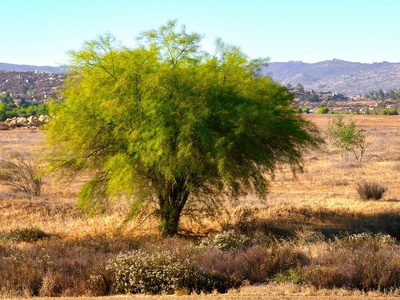
Mesquite (invasive)
Deep-rooted introduced tree up to ~12 m that provides fuelwood, charcoal and shade but invades rangelands, crowds out natives and alters soils. Notable: widely planted and often considered an invasive pest in Niger.
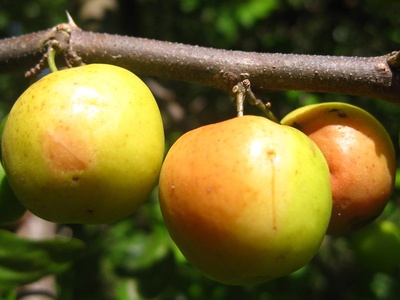
Indian jujube
Small fruit tree to about 8 m with sweet edible fruits, used in agroforestry for shade and erosion control; leaves and fruit feed livestock. Notable: drought-tolerant and commonly planted around homesteads.
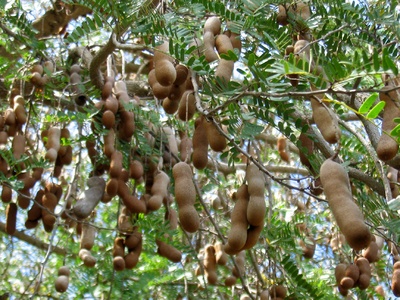
Tamarind
Large fruit-bearing tree to ~15 m, tamarind pods are an important acidic seasoning and medicinal; wood and shade valued in villages. Notable: long-lived and often established along riverine settlements.
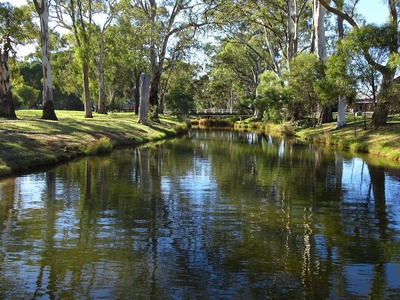
River red gum
Introduced fast-growing tree up to ~30 m used for fuelwood, poles and shade around irrigated areas and towns; adapts to river margins but can lower water tables. Notable: widely planted for wood and erosion control.

African mahogany
Tall shade and timber tree reaching ~30 m; wood is prized for carpentry, bark and leaves used medicinally, and it favours riverine sites. Notable: important timber species but overexploited in parts of West Africa.
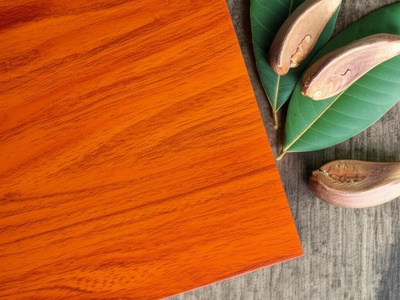
Bloodwood/Padauk
Medium tree to ~15 m producing high-value hardwood used for carpentry and fuel; pods and leaves feed livestock and bark used medicinally. Notable: heavily logged and of conservation concern regionally.
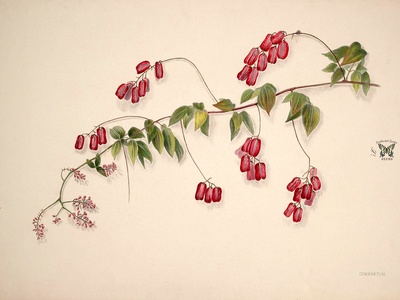
Bushwillow
Multi-stemmed tree to ~10 m used for fuelwood, poles and shade; leaves and bark have traditional medicinal uses and livestock browse on foliage. Notable: common across Sahelian woodlands and valued for dry-season fuel.
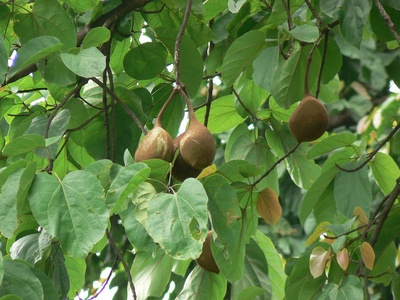
Sterculia
A Sahelian tree up to ~12 m with fibrous bark used for ropes and fuel, leaves and seeds used locally for fodder and food; tolerates dry soils. Notable: often found on rocky plateaus and river fringes.
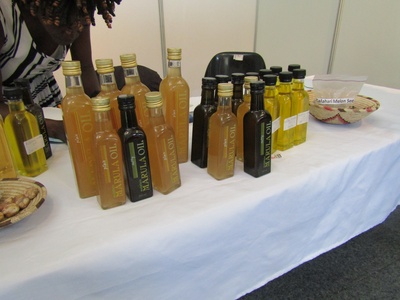
Marula
Fruit-bearing marula to ~12 m; fruits eaten fresh or fermented, kernels yield oil, and trees provide shade and fodder. Notable: fruits are culturally important and wildlife-attracting in the savanna.

African ebony
Riverine and savanna tree to ~15 m with hard wood used locally; fruits and leaves are used for food and traditional medicine. Notable: commonly found along watercourses and in village compounds.
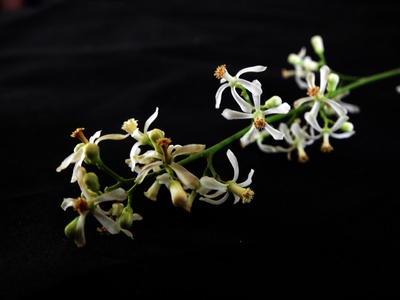
Neem
Introduced and widely planted tree to ~15 m offering shade, medicinal extracts, insecticidal compounds and some fodder; thrives in towns and along water points. Notable: valued for its natural pest-control properties.
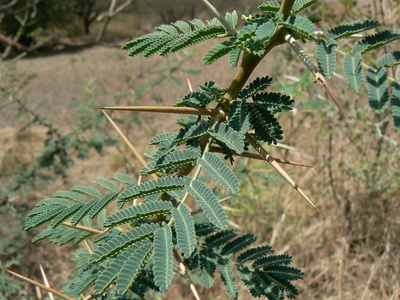
Babul (Egyptian thorn)
Spiny tree to ~15 m found along rivers and floodplains; pods and leaves provide livestock forage, bark used for tanning and medicine, wood for fuel. Notable: often establishes in wetter floodplain sites.
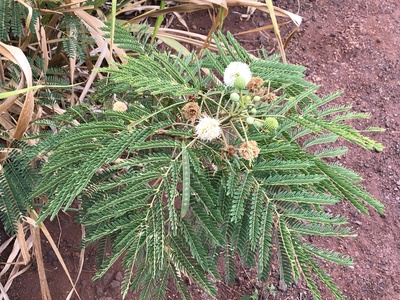
Red acacia
Small to medium tree to ~10 m that yields tannin-rich bark, fodder and shade; adapted to seasonal wetlands and semi-arid soils. Notable: commonly occurs where groundwater is nearer the surface.
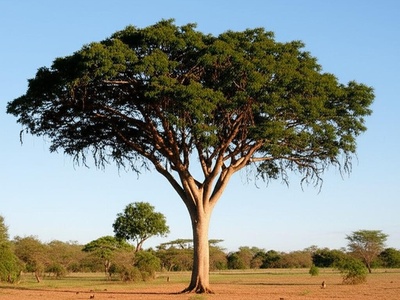
African birch
Large shade and timber tree to ~20 m, used for durable poles, traditional medicines and agroforestry; prefers moister savanna and riverine sites. Notable: supports diverse uses in village woodlots and fields.
